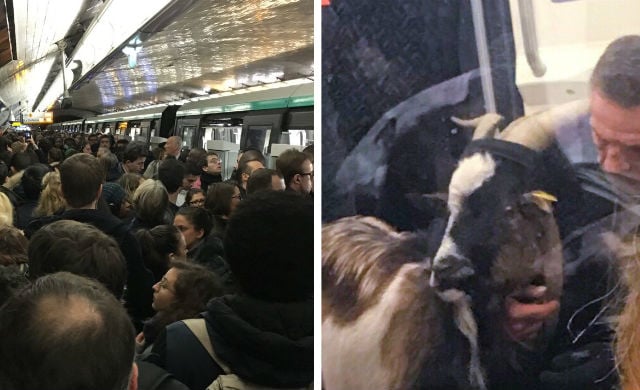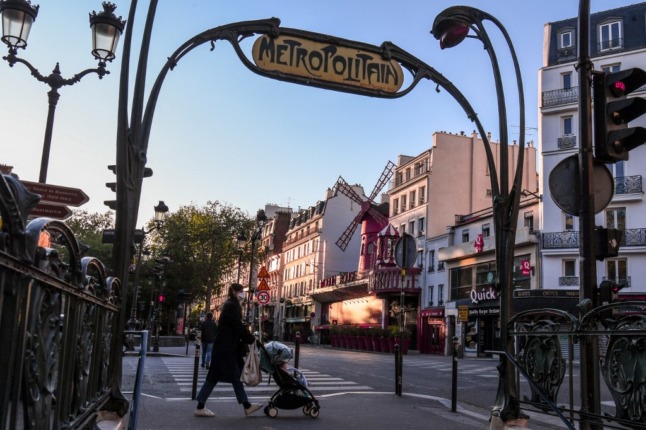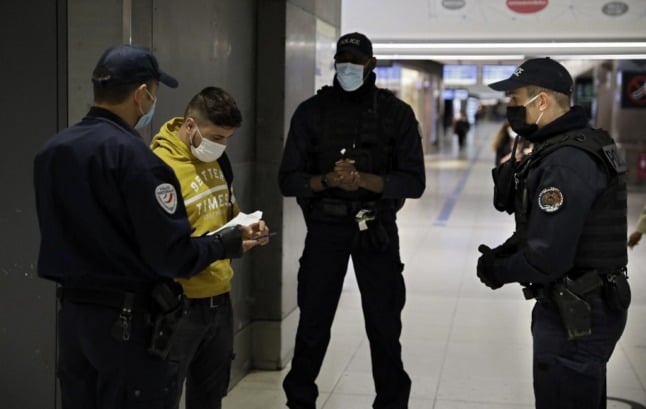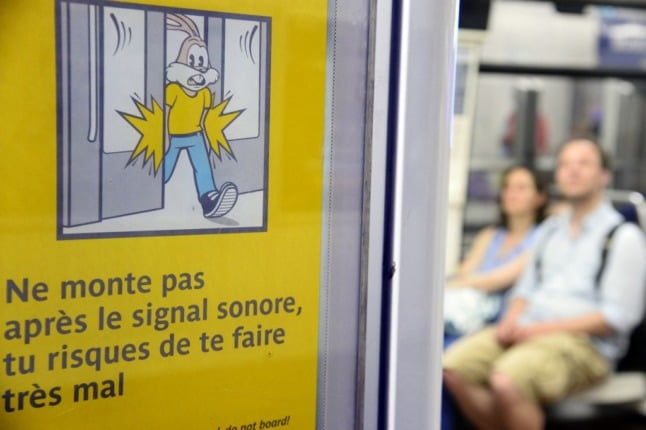Commuters on Paris Metro’s notorious “ligne treize” are used to having to deal with little space, delays and the all too frequent insanitary splatter, but on Sunday the trip for some travellers was even more uncomfortable.
Photos have emerged on Twitter showing a carriage on Paris Metro’s Line 13 brimming with bales of hay and wicker baskets, making the train look more like a livestock farm than the imperfect means of transport it is on other days.
JVOULAIS PRENDRE LA LIGNE 13 MAIS KESKE CEST QUE ÇA BORDEL ?????? pic.twitter.com/AmeQDJxP2B
— Doflamingo (@Kenji_Yrb) December 9, 2018
“I wanted to catch Line 13 but what is this mess?” reads the caption.
The city’s RATP transport company has since cleaned up the train and filed a complaint for damage to public property.
Although nobody has taken responsibility for the prank yet, art collective Omerta Project has shared a picture of the scene on Instagram under the caption “the livestock enclosure is officially open”.
The group also shared another post with a video and several photos showing people on Line 13 travelling like sardines, including the message “Hey RATP, if you want to keep animals penned in on line 13 of Paris metro, do it properly”.
Bizarrely, this is the second farm-related incident to have taken place on Paris's underground recently, after Paris commuters experienced delays caused by a man bringing a goat on the metro in November.
Paris Metro’s Line 13 connects the western part of the capital to the suburbs of Saint-Denis, Asnières, and Gennevilliers in the north and to Châtillon and Montrouge in the south.
The line is considered the black sheep of the Paris Metro family as it remains cramped and uncomfortable for passengers despite improving on the punctuality tables.
City authorities announced improvements to the line last September in the hope of making travel more bearable particularly during rush hour, but by the looks of it remain unimpressed with the changes so far.






 Please whitelist us to continue reading.
Please whitelist us to continue reading.
Member comments